
Product design & strategy
Problem.
Despite existing infrastructure, Pittsburgh's public transit system fails to fully meet the needs of residents and visitors, leading to frustration, inconvenience, and reliance on personal vehicles. This contributes to increased traffic congestion, environmental impact, and potential inequalities in access to essential services. We need innovative and user-centered solutions to improve the overall public transit experience, encouraging ridership, fostering a more sustainable city, and ensuring accessible and equitable transportation for all.
Solution.
Public transport, reinvented: Your AR travel buddy for accessible and accurate journeys. Say goodbye to confusion: AR makes public transport your confident travel companion. Travel like a pro: AR empowers everyone to navigate public transport with ease.
Outcome.
An AR guide for public transportation could revolutionize accessibility, navigation, and overall user experience, encouraging ridership and benefiting society.
my contribution as Product Designer
I along with my team conceptualized and led the development of an AR public transit guide for Pittsburgh. Recognizing user pain points, I focused on improving the public transit experience and fostering sustainability and equitable access.
Through research and collaboration, I helped my team in establishing the product vision and ensured the tool empowers users with accessible and accurate journeys. I actively shaped features, championing user-centricity and leading the development of communication materials to showcase the project's potential.
Our combined efforts resulted in a user-centered AR solution with the potential to transform Pittsburgh's public transit system and benefit the community.
domain ux research, product development
type course project
duration 6 weeks
role product manager & ux researcher
team 7 people
tools surveys, interviews, literature reviews, analysis, PESTLE Analysis, value Propositions analysis & figma
Collaboration: Work with experts from Mobility21

INITIAL PROMPT
How might we improve the Pittsburgh public transit experience?

DISCOVERY
Concept Mapping & “5 Whys”: Focus on Improving Pittsburgh Bus Waiting & Riding Experience
Since improving public transit experience was a very broad and ambiguous concept, we first did concept mapping to get a general idea about the domain and determined the part we wanted to dive deeper. Then, we used the “5 Whys” method to frame the problem and map out the core of the issue. By doing this activity, we narrowed down the focus of our problem to “improving the bus waiting and riding experience in Pittsburgh.”

36 Survey Responses: Bus Riders Desired Accessible & Accurate Information
We distributed online surveys among Pittsburgh local groups on Facebook, Reddit and Nextdoor, and received 36 responses.
The majority of the respondents were students, full-time employed or retired residents aged 16-45. Half of them took the bus every day and many took at least 1-3 times a day. Therefore, the bus riding experience was relevant to a significant number of people in Pittsburgh.

We received many important responses via the survey. Through one key question, we learned that for bus riders, the needs at the top priorities were accurate information, safety, frequency of the buses, and shorter wait time. This helped us to further frame the problem statement.
.jpg)
12 User & Expert Interviews: Inaccurate Info Sparked Uncertainty & Anxiety
Our team conducted 2 expert interviews, 7 bus rider interviews and 3 bus driver interviews. Among them, I conducted 1 expert interview and 4 bus rider interviews. The interview with Lisa Kay from Mobility21 - an organization at CMU that focuses on transportation - informed us a lot about the current landscape of bus transportation at Pittsburgh.
.jpg)
Captured user's usability experience





Virtual Interview with
Lisa Kay Schweyer
Program Manager, Traffic 21
.jpg)

.jpg)
The interview data was integrated and analyzed through affinity mapping. Through all these secondary and primary researches, we were able to do task analysis and came up with a common Job-To-Be-Done map as well as some significant product opportunity gaps, which was analyzed through value opportunity analysis shown below.
VALUE OPPORTUNITY ANALYSIS
DEFINE
"How might we provide accurate and accessible trip information to overcome the anxiety of riding the bus?
IDEATION
Brainstorming & Idea Selection: The “Crazy 8”
Each member of the team came up with 8 ideas that could be as crazy as possible. Then, we voted 5 ideas that we liked and would be possible for us to develop on in Mural.
.jpg)

Idea Selection & Validation: Riders Like the AR
The ideas won in the voting were integrated into 3 main ideas: bus information kiosk, bus exclusive lane and AR Your Guide. 3 concept posters showcasing these ideas were created and got critique from the class via post-it notes. I worked on the AR Your Guide poster with 2 other teammates.
The idea that got most positive feedback and excitement was the AR Your Guide. Therefore, we decided to develop this idea more with prototyping and testing.
.jpg)

PROTOTYPING
Wireframing
At this stage, we considered AR Your Guide as an add-on feature in existing transportation app. After selecting the route to be taken, users could launch the AR guide by simply clicking a button and then they could interact with the app similar to the Pokemon Go game. AR provides intuitive and key guide for finding the bus stop and riding the bus.



KEY FEATURES
An AR Guide Who Helps You Navigate Through Challenges of Pittsburgh Bus Riding
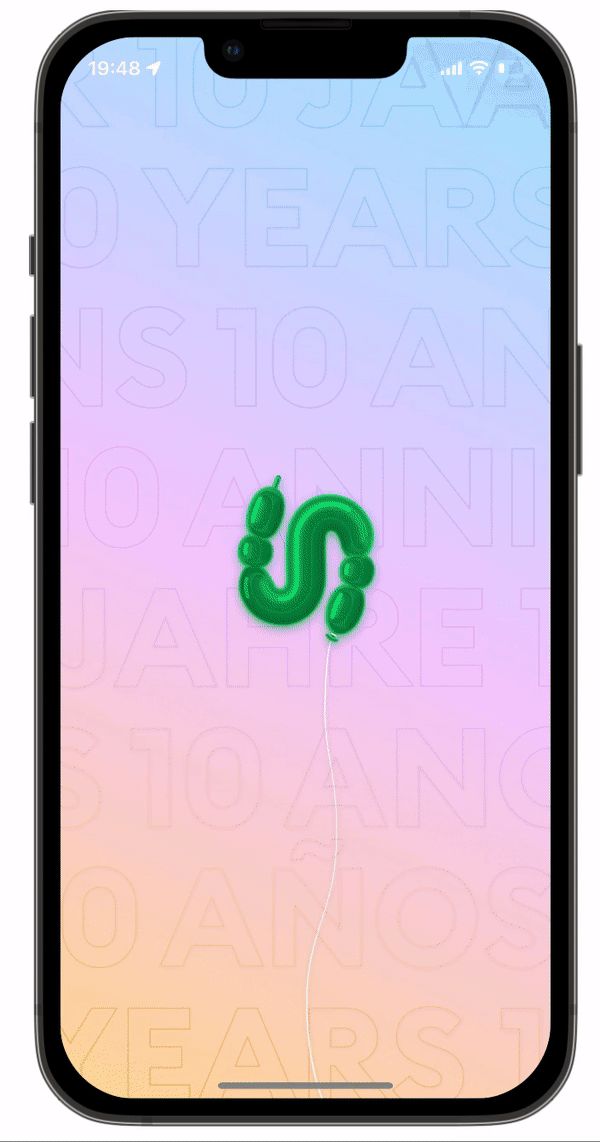
Launching
By simply clicking a button in the Transit app, riders can launch the AR guide. It will illustrate how to start using the AR.
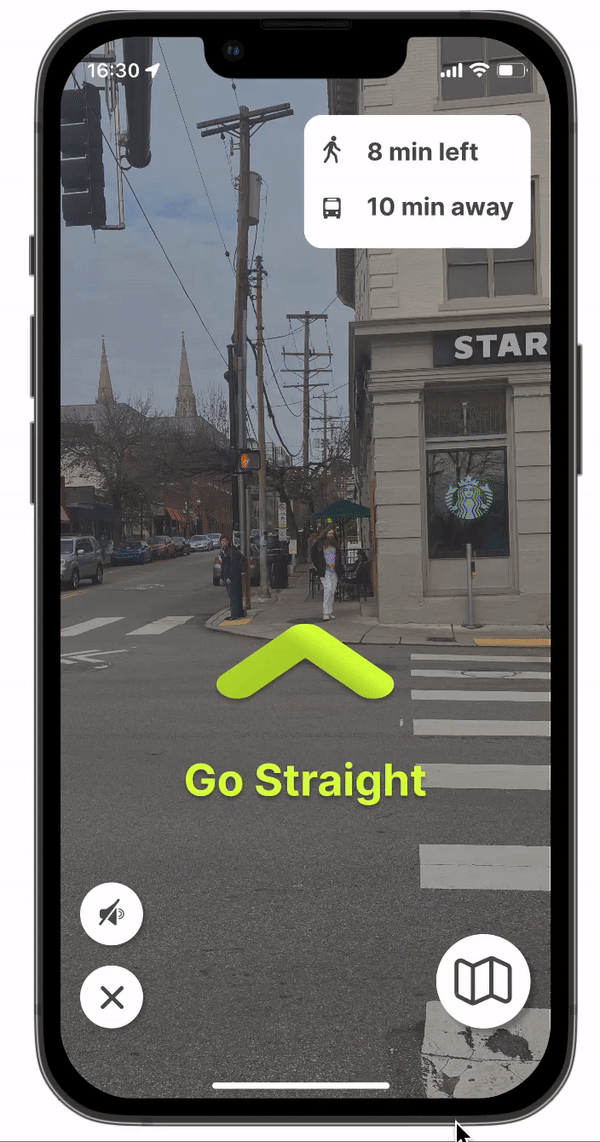
2D Map
During the testing, about 90% of the participants mentioned they would like to have a 2D map so that they could have a big picture view about the route and know what’s coming next.
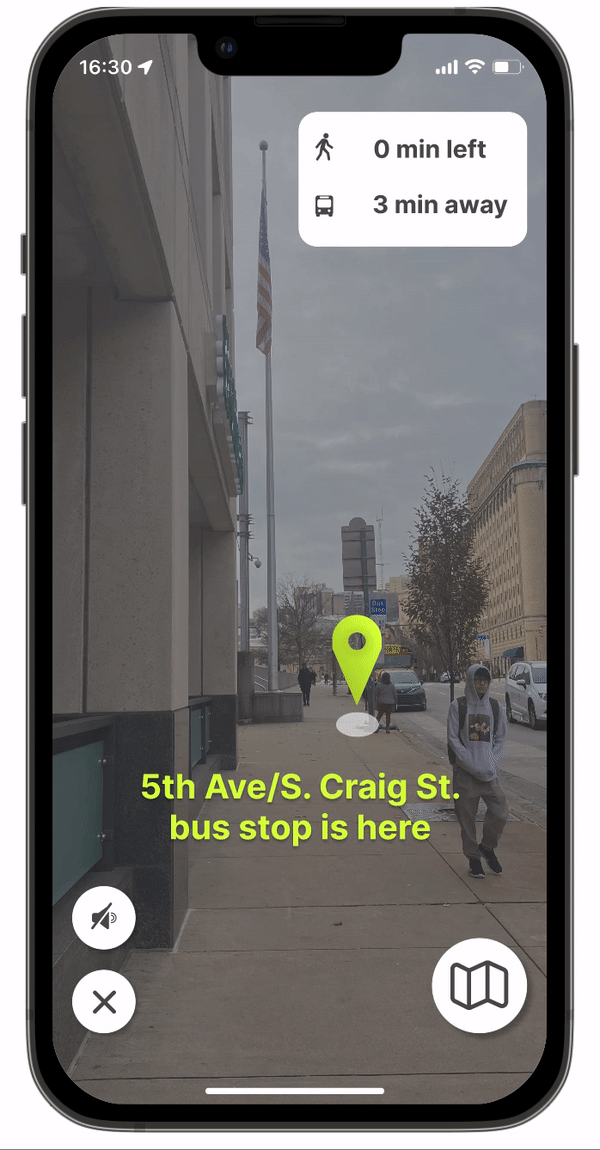
Showing Bus Stop
Some riders mentioned they had a hard time seeing the tiny bus stop sign, so our AR Your Guide will indicate the bus stop for them and allow riders to notice it even from a distance
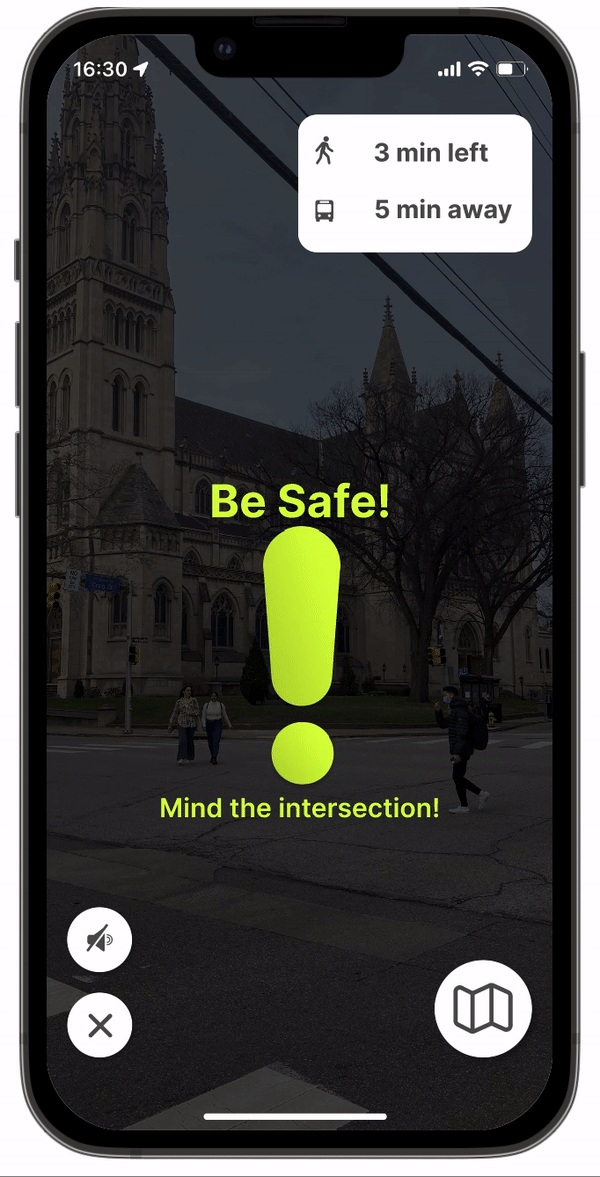
Safety
When developing the prototype and testing with users, I noticed using AR when walking caused concern on safety, so I added the feature that reminded riders of safety when crossing intersections.

Boarding Instruction
For riders taking the bus for the first time in Pittsburgh, the AR guide shows clear instructions on where to scan cards or pay with cash.
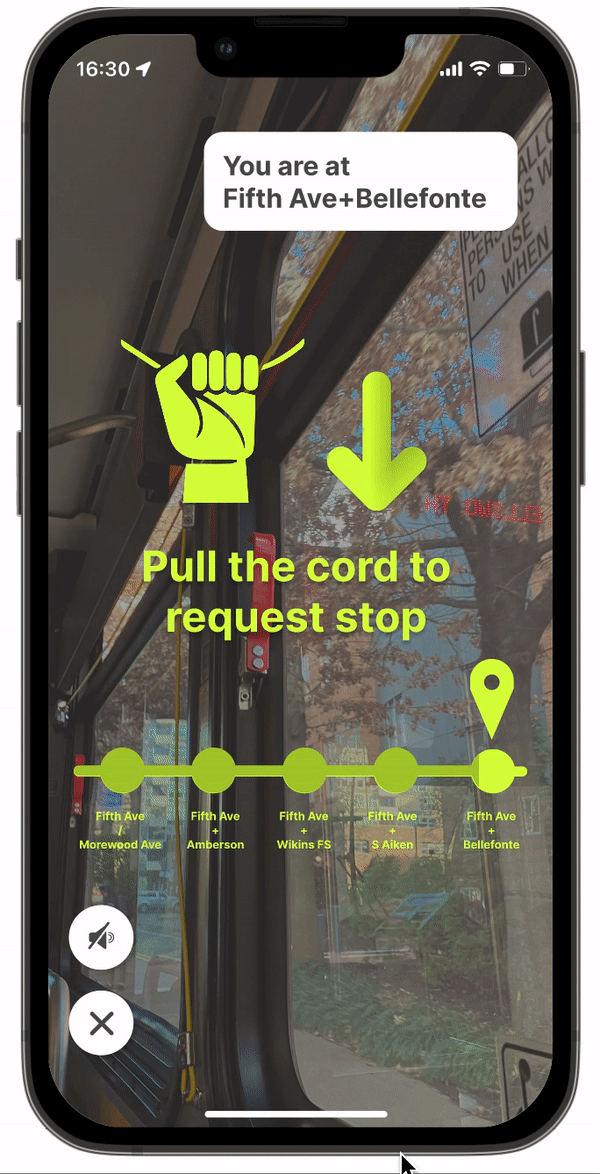
Route Tracking & Stop Request Instruction
On the bus, AR guide shows the number of stops away from the destination stop. When reaching the stop, it gives instructions on how to request a stop.
MARKET STRATEGY & BUSINESS PLAN
REFLECTION
This project started with a complex, open-ended problem (a "wicked problem"). Our challenge was to translate it into a specific, actionable problem statement that could guide the development of product criteria. We considered current trends, available resources (both internal and external), and our team's interests to focus on a particular area and choose a specific idea.
The proposed solution, AR Your Guide, received enthusiastic feedback from both the class and riders. However, during testing, we identified shortcomings in two key areas: privacy and battery drainage. These represent opportunities for further development.
Looking forward, I propose collaborating with engineers to assess the feasibility of developing AR Your Guide and explore potential solutions to the battery drain challenge.







